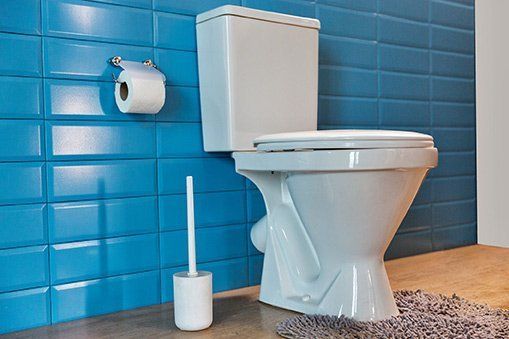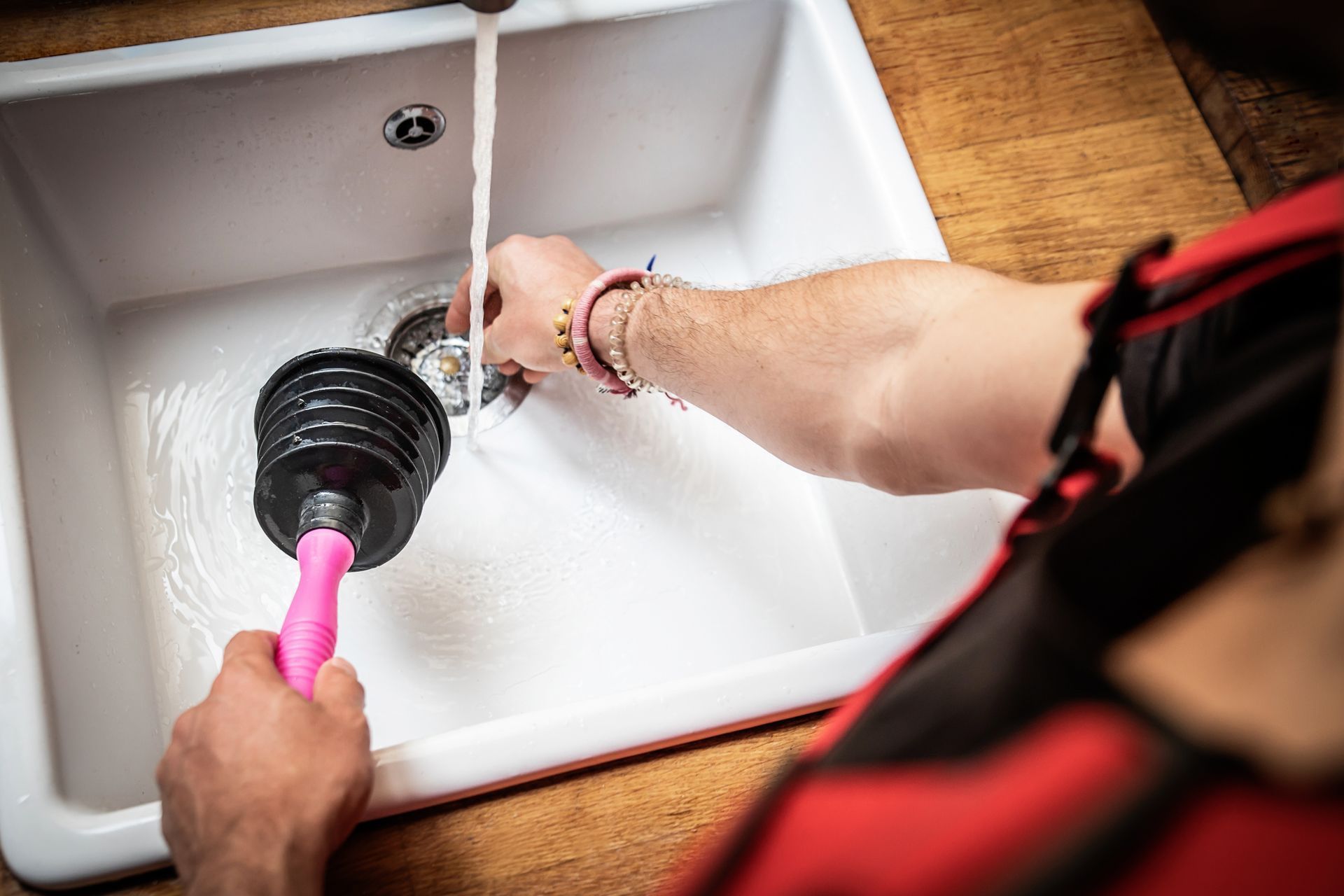Anatomy of a Toilet: 6 Essential Components

The bathroom is one of the most frequently used rooms within the home. Quite a few essential daily activities take place in the bathroom — from brushing one's teeth to showering or bathing. Of all the activities you complete in the bathroom, using the toilet is one of the most important.
However, very few homeowners are familiar with the inner workings of their toilet, despite the fact that the toilet plays a central role in their day-to-day lives. A quick anatomy lesson that explains the six essential components which work together to power your toilet can help you be better prepared to identify performance issues and address minor problems with your toilet in the future.
1. Toilet Flange
he flange creates a connection point between the toilet and your home's plumbing system. Toilet flanges are typically round pipe fittings that you can find within the base of the toilet.
You will be able to spot flange problems by paying attention to the stability of your toilet during use. A toilet that rocks back and forth or shows evidence of water leaking from its base will need a new flange to continue functioning efficiently.
2. Wax Ring
The wax ring works in coordination with the flange to protect you against exposure to dangerous sewer gases. Wax rings are essentially seals that fit between the base of your toilet and the floor.
The wax creates an impenetrable seal that prevents odors, gases, and other dangerous substances from escaping your drainage pipe and entering your home. Exposure to sewer gas could cause dizziness, nausea, headaches, and potential loss of consciousness.
You should closely monitor the condition of your toilet's wax ring and replace it at the first sign of damage to protect the health of your family.
3. Gasket
Just as the base of the toilet needs to be secured to the floor, the base of the tank needs to be secured to the toilet bowl. This is through a specialized seal known as a gasket.
The gasket prevents water from leaking out of the tank during each flush. Additional grip that the gasket provides also helps to keep the tank firmly in position while the toilet is in use.
4. Flapper
Without a functioning flapper, water would not be able to build up within your toilet's tank in preparation for future flushes. The flapper is a stopper that fits into the drainage hole between the tank and the toilet bowl.
A flapper that doesn’t work properly can cause your toilet to run incessantly. This puts you at risk of wasting a lot of water. If you don't want to face a significant jump in your water bill, make sure that you monitor the condition of the flapper at the bottom of your toilet tank regularly.
5. Fill Valve
A couple of valves work together to help modern toilets function properly. The first of these valves is the fill valve. Controlling water levels within the tank and bowl is the primary responsibility of the fill valve.
When a fill valve fails, you may find that your tank overflows and causes serious water damage in your bathroom. An experienced plumber should inspect your fill valve often to help identify potential problems before they occur.
6. Flush Valve
The second valve that your toilet relies on to function properly is the flush valve. This valve is responsible for creating the flushing process you expect from your toilet. When you press the handle down, the flush valve activates and releases water from the tank into the bowl. This influx or water triggers a flush, removing waste from your home.
Contact the experienced plumbers at O'Fallon Sewer Service to learn more about the proper care and maintenance of your toilet components.








